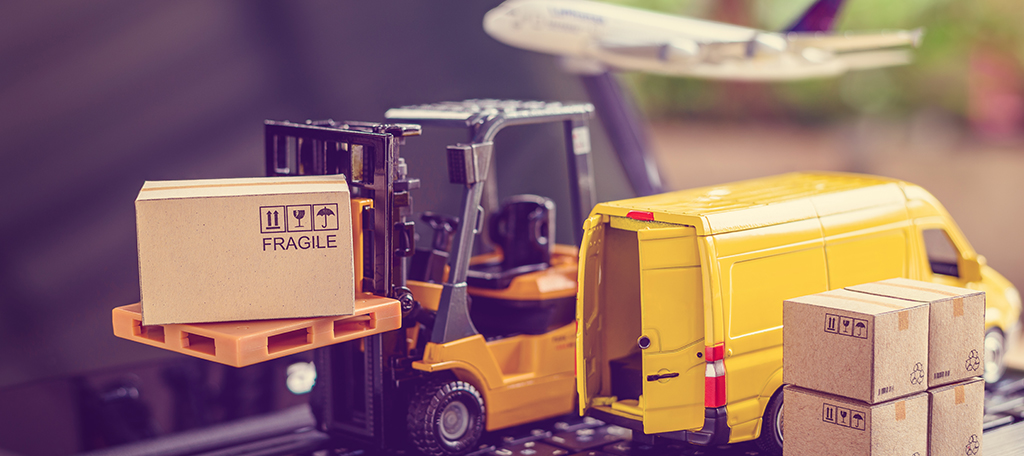By Paula Courtney,
CEO – The Verde Group
Logistics and shipping weren’t something that most end customers used to think about much — unless something went wrong. It was a lot easier back then when expectations simply centered around getting a purchase via FedEx or UPS once in a while in one piece and within a reasonable length of time.
Amazon, of course, changed all that, raising expectations through the stratosphere with free and fast shipping. Then e-commerce platforms like Shopify raised the bar even further, providing a seamless experience whereby customers can see where their packages are, all in one place. The pandemic also added a whole other unexpected dimension to what customers expect from retailers — a desire by many to avoid venturing out in public for even the most basic purchases.
The challenge, then, for retailers and shippers in the 2020s really centers around meticulously setting expectations. Part of that is a good old-fashioned underpromise/overdeliver philosophy. That’s certainly a good start. But really, it’s mostly about communicating and being as transparent as possible, all along the customer experience journey. By doing so, businesses run the greatest likelihood of building solid relationships and loyalty, avoiding expensively damaging problems, and reducing the cost to serve.
The way we see it, there are three main areas successful retailers and shippers need to focus their efforts on in this After-Amazon age:
- DELAYS, EXCEPTION HANDLING, AND OTHER ISSUES
As we alluded to above, retailers and shippers need to always get ahead of shipping delays and manage customer expectations with notifications and near-accurate level-setting — especially during busy shopping seasons or when there are supply chain delays. Most customers will actually tolerate slower delivery and exceptional changes to delivery dates but these must be communicated upfront, transparently, and for a very good reason.
What’s more, the assumption or insistence that a customer be home when a package arrives is no longer realistic, even if more of us are working from home. That means customers need to have an easy way to self-serve their delivery preferences – where and when and how their package should be delivered. This benefits shippers too: less friction leads to less customer contact and that can have a positive economic impact on their bottom line.
- MAKING TECHNOLOGY EASY
Customers aren’t a monolith, of course, so how they prefer to communicate and interact with businesses varies — from snail mail to email to text. Gen X customers, for instance, might tolerate or prefer email to get their shipping updates but Gen Z probably won’t. It’s worth pointing out what we take for granted: most decision-makers in large companies are 50+ and, unsurprisingly, tend to make assumptions on how to deal with customers based on their own age cohort. Retailers and shippers ought to have the right people – in other words, people that mirror their customers, not their C-suite — influencing the technology and tools customers use on their shopping and shipping journey.
Shipping apps and websites need to be easy to use and designed with those end customers – not an IT department fed with user requirements — in mind. And it may not even be entirely about apps. The reality is, a 2020 Verde Group research study with a major shipping and logistics company revealed that 90% of customers still prefer to talk to someone by phone to resolve a logistics issue. In spite of this, many shipping and retail companies are shifting their customer support capabilities from live humans (via phone or chat) to AI chat (also known as a “chatbot”). There may be some initial cost savings from the move but how much is loyalty compromised in the long run when customers are getting a canned automated response to a query instead of a real person who ostensibly cares?
- DELIVERY AS THE LAST POINT IN THE JOURNEY — IF ALL GOES WELL
Finally, ensuring packages are properly delivered is in everyone’s best interest. Customers want their purchase to arrive when and where they expect. Retailers want to avoid having to resend a package that’s been damaged or lost. And shippers want to avoid or mitigate claims for those lost or damaged items.
As Forbes contributor Blake Morgan reports, a growing number of retailers are actually turning away returns on smaller items and offering customers refunds to simply keep or donate their purchased items. The reason? Processing online returns can cost retailers up to $20 an item, so it’s often not worth their while to accept returns on low-priced items. While there’s still a small loss for the retailer to give away purchases in this way, it’s a creative approach that can build goodwill and loyalty with customers, even if the delivered item itself was disappointing.
At the end of the day, the key to ensuring shipping has a positive effect on customer experience and loyalty is for businesses to stay focused on three things: clear communications and transparency, data that helps them understand who their customers are and what they expect, and technology that can make the right connections while still retaining a human touch.
